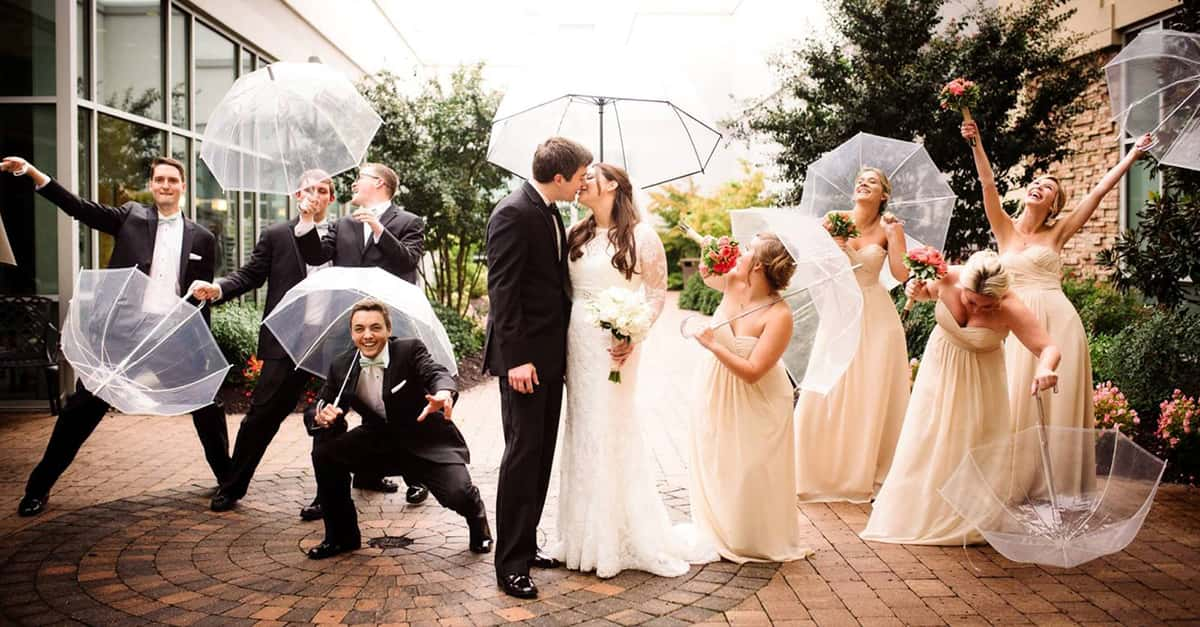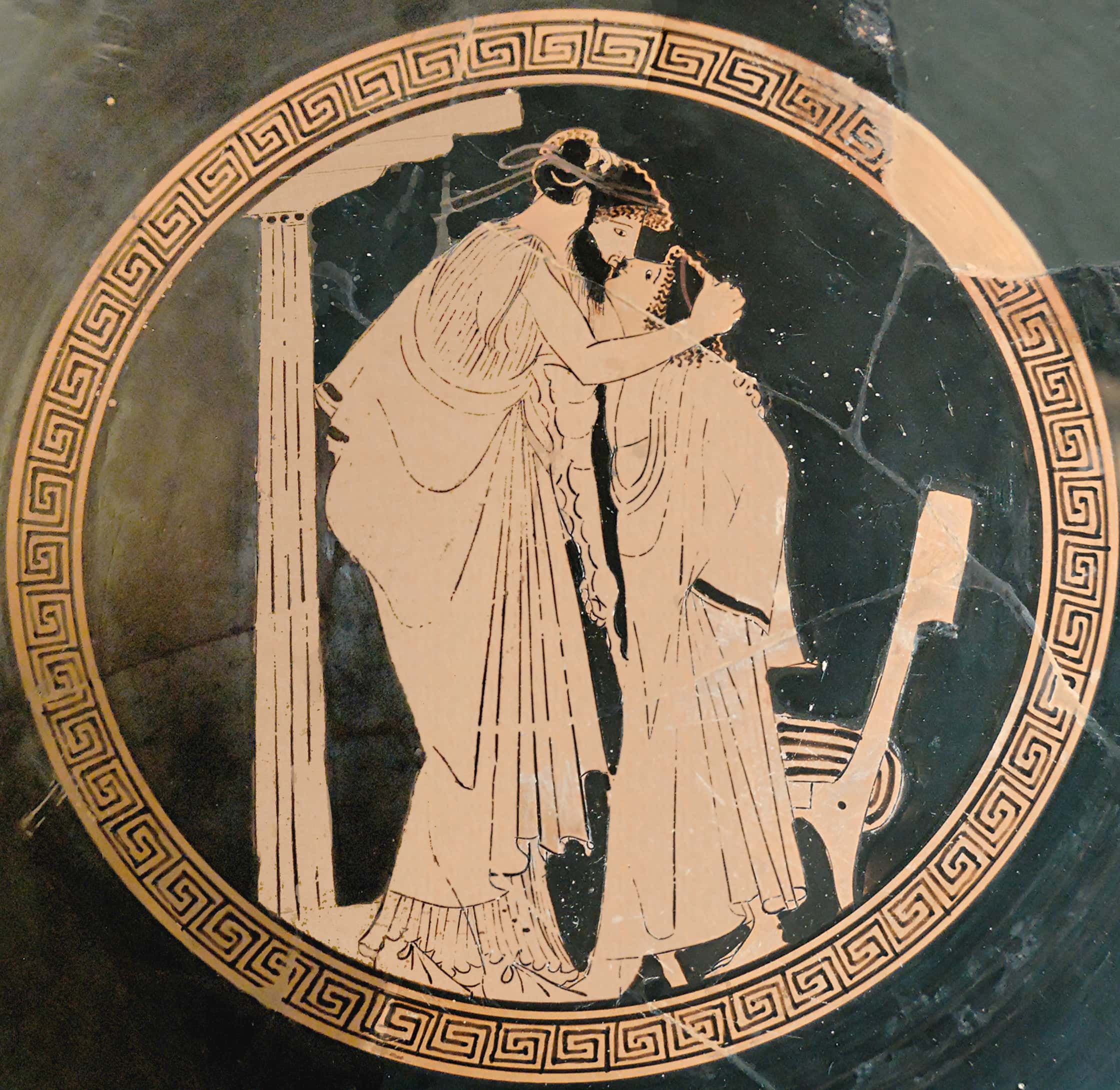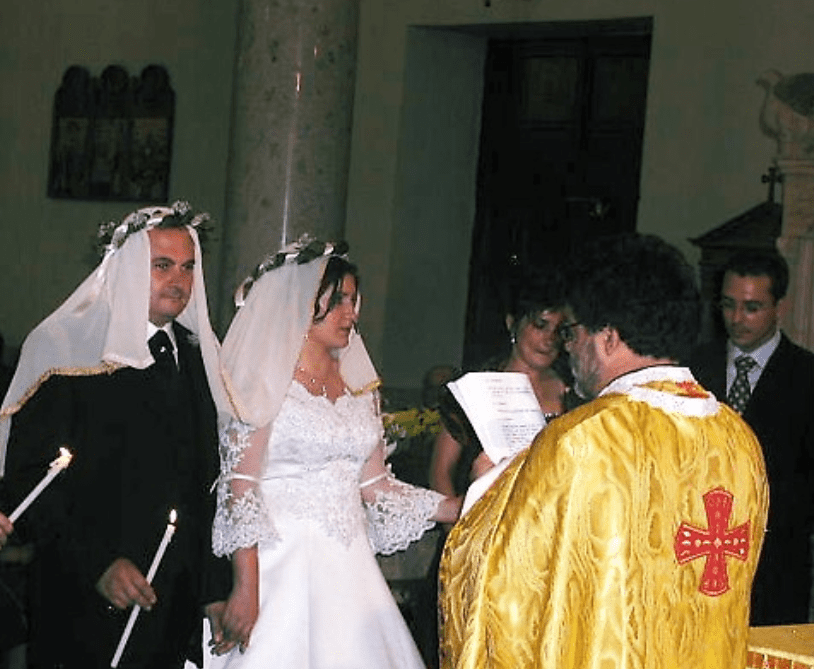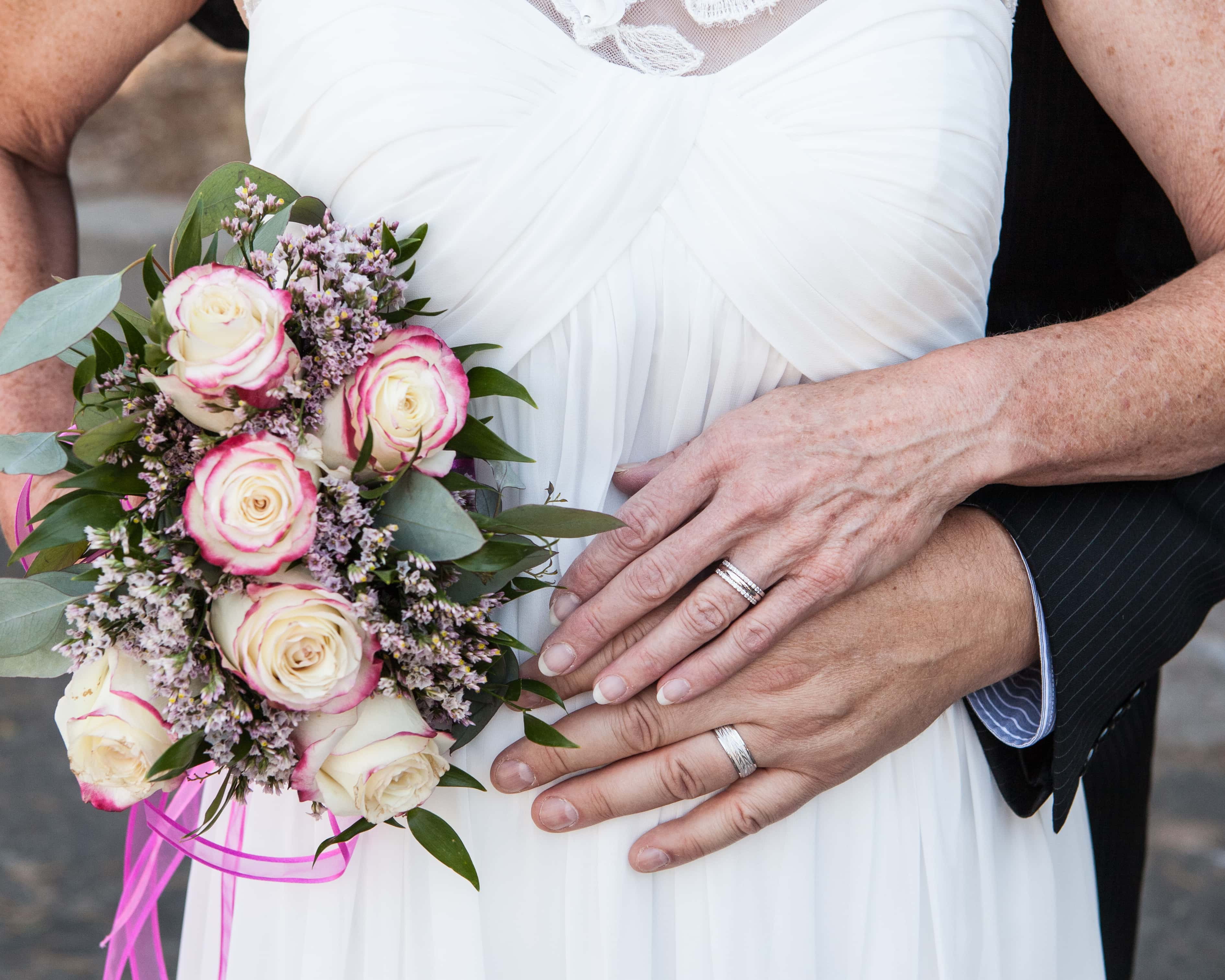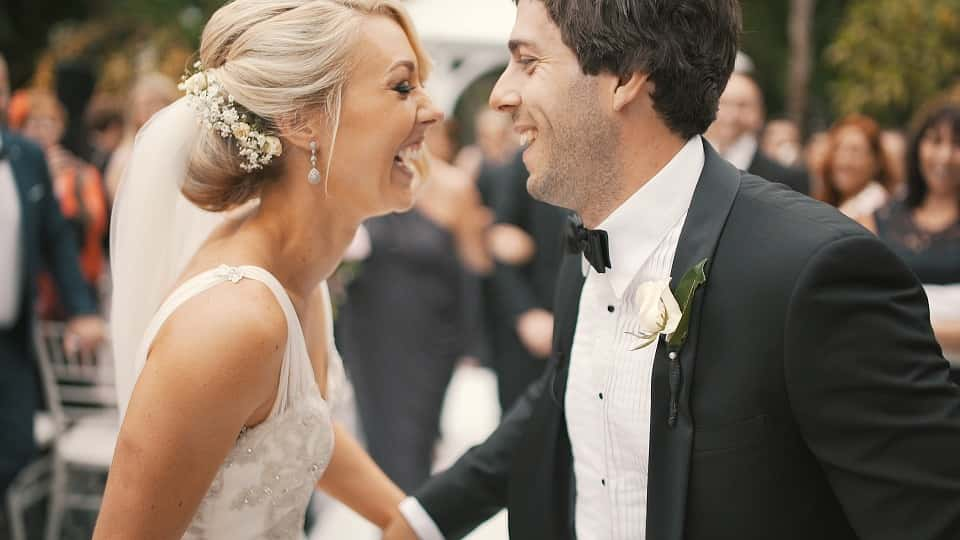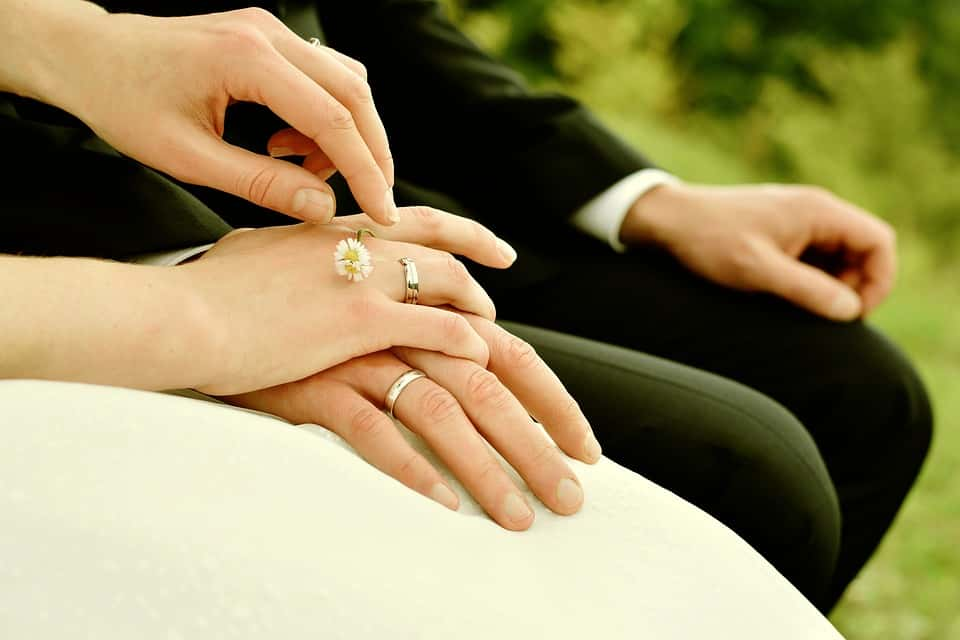A public expression of love. A union between two noble families. A practical consideration. Sometimes merely a business transaction. Marriage has served a lot of different roles in society, but it's amazing how, throughout history and in virtually every culture, the most important institution is the simple union of two loving people. Here are 24 blissful facts about marriage.
Marriage Facts
24. The First Wedding
The history of marriage is surprisingly obscure. Marriage seems to have been around in some form for all of recorded history; much of the basis for modern marriage in the western world, however, comes from the holy texts of early Israeli nomadic tribes.
23. Double Standards
In early Israeli tradition, while married women were entitled to their own space and possessions, they were still considered the property of their husbands, and laws around marriage were not egalitarian. For instance, as a polygynous society, men weren’t held to any standard of fidelity, while women who committed adultery could be put to death.
22. No Fuss
Weddings have a habit of quickly becoming expensive and elaborate affairs. The ancient Greeks, however, were decidedly non-fussy about marriage. All that was required for a marriage to be official was for both the man and the woman to state verbally that they were married.
21. The Council of Trent
Some have argued that traditional marriage is inextricably connected to religion, but it wasn't until the Council of Trent in 1563 that the Church officially set out tenets for marriage ceremonies. Here, representatives of the Catholic Church declared that all valid marriages must be preformed by a priest, and have at least two witnesses.
20. Local Customs
Up until the Council of Trent, European attitudes toward marriage were often based on traditional beliefs that varied from culture to culture. Marriages could be done at a moment’s notice and were often dissolved just as quickly. The Catholic Church grew frustrated with these hastily dissolved marriages, which the Church felt violated rules set down in the Bible.
19. The Reformation
With the Protestant Reformation, western ideas of marriage changed again. Martin Luther viewed marriage as a worldly institution rather than a religious one, and many European governments started to pass laws regarding marriage that gave the state more legal and administrative control over how, when, and to whom people got married.
18. Rings
The tradition of exchanging rings to seal a marriage goes back to the ancient Egyptians. The Egyptians recognized the ring as a symbol of eternity, and exchanged small rings of braided hemp or reeds. The rings were placed on what we now call the ring finger on the left hand because the Egyptians believed a vein ran directly from the ring finger to the heart.
17. Maiden Names
Women began taking their husbands’ surnames around the ninth century. The “coverture laws” of the time recognized husband and wife as a single legal entity. The wife was considered under the “protection” of the husband, which is to say, she no longer held any political or legal rights apart from her husband. It was therefore implied, and eventually required, that she adopt her husband’s name.
16. Sealed with a Kiss
Even the kiss that usually comes at the end of a wedding relates, at least according to some historians, to the contractual nature of marriage. In ancient Rome, contracts were often finalized by exchanging a kiss. Kinda sucks some of the romance out of it, huh?

History's most fascinating stories and darkest secrets, delivered to your inbox daily.
15. Etymology
By now I guess you’ve realized that, historically, marriage hasn’t always been as good for women as it has been for men. Even the names we use for people getting married are pretty sexist. The word “husband” comes from the Old Norse “Husbondi,” or “master of the house”; the word “bride,” however, likely comes from the Proto-Indo-European word “bru,” or “to cook.”
14. Dowry
Not all marriage traditions have remained popular worldwide. It was once commonplace for the family of the bride to offer a dowry—that is, money and property ostensibly meant to help the bride start her family. Though seldom practiced in North America, dowries are still common in parts of Asia, North Africa, and Europe.
13. Child Marriage
Child marriage is probably something you don’t look favourably on, and advocates have done a good job of bringing attention to the prevalence and dangers of child marriage. But did you know, according to UNICEF definitions, child marriage is absolutely practiced in the United States? Once various exceptions such as parental consent are taken into account, 25 states don't have any minimum age requirement for marriage. From 2000 to 2015, at least 1,000 marriage licenses were awarded to couples where one or both partners were under the age of 15.
12. Arranged Marriage
Likewise, arranged marriages may seem outmoded and oppressive to many of us, and are seen as something only practiced by other cultures. The truth is, there have always been traditions of arranged marriages in North America. In fact, the number of arranged or “assisted” marriages may be on the rise, especially among religious groups, particularly with the help of dating websites and professional matchmakers.
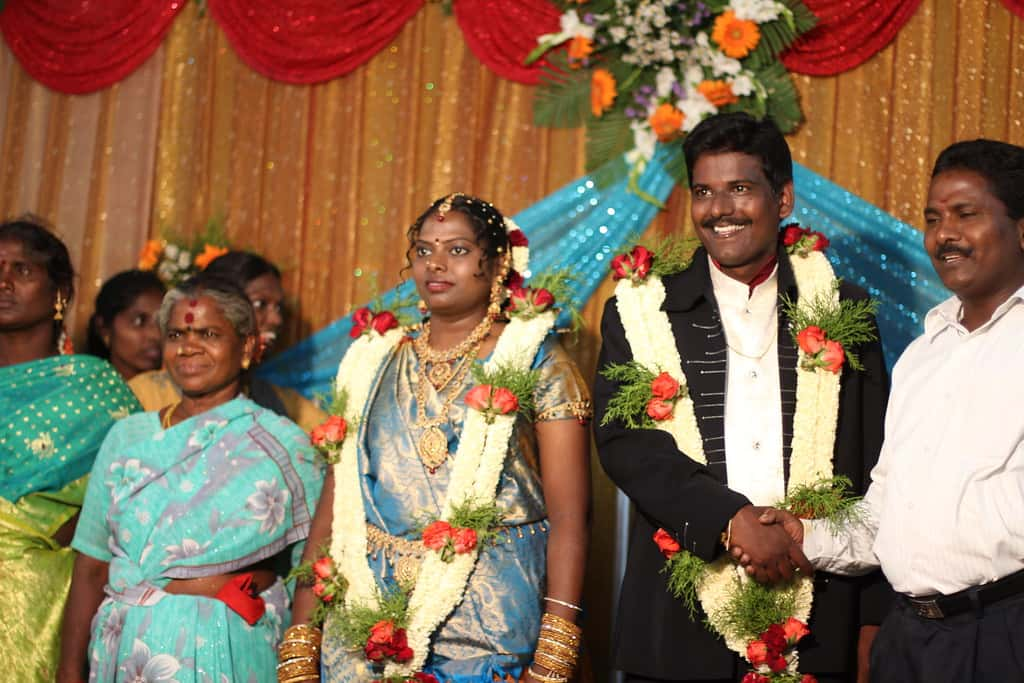 Flickr,Johan Bichel Lindegaard
Flickr,Johan Bichel Lindegaard
11. Same-sex Marriage
Same-sex marriage has been a hot button political topic in North America and Europe since the 1970s, with “traditional family values” becoming a slogan of social conservatives who oppose extending marriage rights to same-sex couples. The first nation to legalize same-sex marriage was Denmark in 1989; the most recent was Australia in 2017 (although Austria also recently decided to open up same-sex marriages by January, 2019).
10. Polyamory
With same-sex marriage gradually finding acceptance in jurisdictions around the globe, other groups may start seeking the same rights. Polyamorous partners are increasingly expressing their wish to legally marry all of their partners. In 2017, three men in Colombia who were in a relationship together got paperwork legally declaring them as a family. Although not an official marriage certificate, it is the first step to recognizing a married polyamorous partnership in a country that otherwise forbids plural marriages.
9. Polygyny
Some societies and cultures, like the early Israeli tribes mentioned earlier, are polygynous. That is, they allow men to take multiple wives. It is the most common type of plural marriage in the world, and is especially prevalent in the Middle East.
8. Polygyny in America
That is not to say that polygyny doesn’t happen in North America. Certain sects of the Fundamentalist Church of Jesus Christ of Latter Day Saints, for example, have come under fire from women’s rights groups for practising polygyny, and have been the subject of investigation for a variety of sex-based offenses. One of the church’s most prominent leaders, Warren Jeffs, has been listed on the FBI’s Most Wanted list, and is currently in prison.
7. Polyandry
Less common is polyandry, in which one woman takes many husbands: of the 1,231 societies listed in the 1980 Ethnographic Atlas, only four practiced polyandry. More recent studies show as many as 50 societies practicing polyandry, many of them based near the Himalayan Mountains.
6. Common-Law
Think marriage is archaic and sexist? Love that special someone but don’t want to go through all the fuss of a big wedding? Just can’t find a gown you like? Fear not–if weddings just aren’t your thing, there is always a common-law marriage, a kind of easing into being married. Laws vary from state to state and country to country, but in most jurisdictions all that is really required to be common-law married is for you to have lived with a person for a certain amount of time, and for you consider them and treat them as your spouse.
5. More Than Half
As of 2006, 55.7% of Americans over and including the age of 18 were married. 96% of Americans over the age of 70 have been married at least once in their lifetime.
4. Marriage Age
People are getting married later in the United States. In the 1970s, the median age for a first marriage was 22 (21 for women and 23 for men). By 2006, that number had risen to 27 (26 for women and 28 for men).
3. Fancy Photos
Wedding photography can be insanely expensive, with the priciest packages bordering on clinically insane. There's a photographer named Sonny LaFave who charges $175,000 per wedding. Granted, he'll travel to anywhere in the US and Canada with a team that includes four other professional photographers.
There's also a photographer named Gary Fong who allegedly charges a cool $100,000 per wedding. That said, rumor has it that Gary charges so much because he has a thriving business selling camera equipment, and he doesn't actually need to (or want to) do weddings.
There are literally scores of wedding photographers in the$25,000-$30,000 range.
 Josué Prince Wedding Photography
Josué Prince Wedding Photography
For those that don't want to pay $100K, the above photo was taken by my wedding photographer, Josué Prince, who was super affordable and took awesome pictures.
2. Divorce
Not all marriages are happily ever after, and that’s ok. While there was once a huge taboo around divorce in America–and plenty of legal hoops to jump through–today at least one in three marriages ends in divorce. There is still no divorce allowed in the Philippines, the Vatican (well, makes sense), or the island of Sark.
If a marriage fails, the most likely reason is that one partner (or both) had an affair. Infidelity remains the most common reason for divorce. The next most common reasons are money troubles, lack of communication, and constant arguing.
The 5th most common reason? Weight gain. It may seem superficial and unfair, but one of the most common reasons marriages fail is when one partner puts on a significant amount of weight. Weight gain can make the other spouse less physically attracted to their partner, and it also contributes to self-esteem issues that hinder intimacy.
Additionally, certain personality traits can actually kill a marriage. You will have a harder time staying happily married if you are someone who is high in Neuroticism. Researchers estimate that 25% of the variance in divorce risk can be attributable to spousal personality traits.To be specific, people high in Neuroticism have higher divorce rates. This isn't too surprising when you consider what Neuroticism is: a person with high Neuroticism may have higher levels of angry hostility, vulnerability, self-consciousness, depression, irritability, and anxiety.
1. The Secret
To paraphrase: if you like it, then perhaps you better put a ring on it. Married couples are more than twice as likely to last compared to their unmarried counterparts. 20% of couples in their first marriage divorce within five years, but nearly 50% of unmarried, cohabiting couples break up within that same amount of time.
 Wikimedia CommonsSources: 1, 2, 3, 4, 5, 6, 7, 8, 9, 10, 11, 12, 13, 14, 15, 16, 17
Wikimedia CommonsSources: 1, 2, 3, 4, 5, 6, 7, 8, 9, 10, 11, 12, 13, 14, 15, 16, 17

